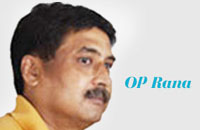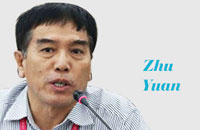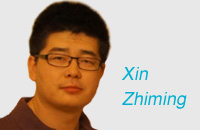Dual public-private education model needed
By Xiong Bingqi (China Daily) Updated: 2014-03-18 07:39In a bid to establish more equal education opportunities, the Ministry of Education is piloting a new policy in the country's 19 biggest cities whereby all primary schools must enroll all their students from within their communities while 90 percent of junior middle schools should enroll a majority of their students from within their communities. This is aimed at preventing the best schools being the preserve of children whose parents have money, power or connections.
Well-intentioned though the policy is, the goal that all primary schools should enroll students from within the nearest school communities may be hard to achieve, and the policy for junior middle schools is a step backward compared with the former policy of no exam for enrollment.
In the pilot cities, some good private primary schools are very popular among students and parents, which are regarded as aggravating the unfairness in student selection. Yet the purpose of private schools is to offer differential selection. Including private schools in the new policy actually goes against Private Education Promotion Law, which stipulates that private schools have the right to recruit students independently. If the authorities insist these private schools implement the policy, they are regarding them the same as public schools, and therefore they should provide these private schools with the same subsidies as their public peers. It is unfair to use private funds in education while restricting private schools' rights to independent selection.
Moreover, the requirement of enrolling students from within the nearest school community may turn "school selection" into "school community selection". After the Ministry of Education released the notice, there was immediately a sharp rise in the prices of houses in those neighborhoods in the 19 cities where the best schools are located. This will undoubtedly further intensify anxiety about school selection and the inequality of education.
In addition, if school selection due to abuse of power cannot be checked, even if the schools and educational authorities claim they have implemented the policy, there will still be no improvement in educational fairness.
As to the junior middle school part, there will be 10 percent of junior middle schools that will not implement the policy of enrolling students from their communities, how are these to be selected? It is also confusing why the educational authorities have chosen to implement different policies for primary schools and junior middle schools.











